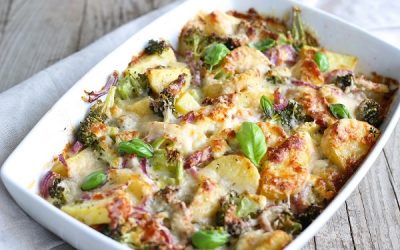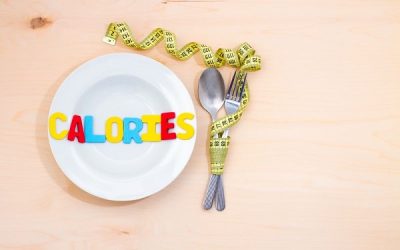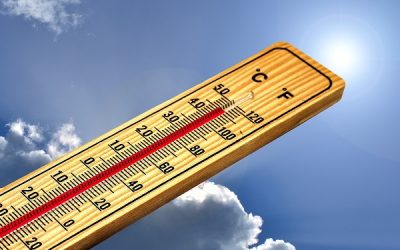Many people find it challenging to take more than just one thing into consideration when they are trying to lose weight by selecting the right foods for weight loss boosting. For example, one diet may recommend that a dieter should remain within a certain calorie range every day, while another diet may say that carbs need to stay under a certain daily amount.
However, when all is said and done, it is actually a matter of choosing the right balance from among a number of different factors and then eating meals at the right time of day to get the biggest weight loss boosting effects.
This might sound complex and impossible, but it is actually quite achievable for the average person. Indeed, there is a bit of a learning curve, but it isn’t a steep one and most people find that after a few days, they can fall into the groove quite comfortably.
The following is a basic breakdown of the type of goals that you can set for yourself with each meal so that you will be able to promote healthy weight loss boosting capabilities.
• Calories – The number of calories that you eat in a day will depend on your goals and expectations, as well as your current weight, age, activity level, gender, and several other factors. Speak with your doctor to identify this number for you. That said, the average individual will usually need to eat between 450 and 550 calories per meal. For weight loss, try to remain closer to the 450 calorie side of the range, but if you are very active, then you can boost it up to the 550 calorie level.
• Carbohydrates – among the calories that you consume in each meal, about 45 to 55 percent should be from carbohydrate sources. This means that you should eat around 50 to 75 grams of carbs. This becomes much easier to measure if you’re using an online tracker (there are several available for free that allow you to enter your foods for the day and see the breakdown of calories in terms of carbs, proteins, and fats).
• Protein – protein should make up around 20 to 25 percent of your meal calories. This equates to about 25 to 35 grams.
• Fats – these should make up around 30 to 35 percent of your total meal calories, with the best sources coming for monounsaturated fats such as olive oil, avocado, nuts, seeds, sesame oil, and coconut oil.
Don’t forget to make sure that you also receive 25 daily grams of fiber, which are easy to obtain in the form of beans, nuts, seeds, avocados, fruits, veggies, and whole grains. Equally, try to keep your sugars to around 7 grams or fewer, per meal, and try to keep added sugars under 4 grams. That said, skip artificial sweeteners altogether.
In terms of dining times, eat breakfast first thing in the morning, lunch at around midday, and dinner no later than 7 or 7:30. Fit a couple of nutritionally dense, low cal snacks between meals and try not to eat in the evenings if possible. For many people, eating close to dinnertime provides added energy that is harmful to sleep, and sleep is vital to weight loss.








